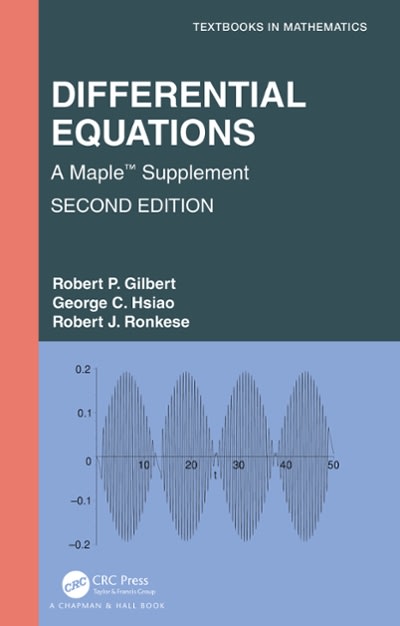Question
Random variable X may take value -1 or 1; Y may take value 1, 2 or 3. The following Table shows the joint probability of
Random variable X may take value -1 or 1; Y may take value 1, 2 or 3.
The following Table shows the joint probability of random variables X and Y.
Y123X-10.10.20.210.10.30.1
Table 2: Joint probability distribution of X and Y. For example, the probability of X=-1 and Y=1 is 0.1.
Provide solution to all questions below.
(a) Marginal probability distribution of X
(b) The expected value, variance and standard deviation of X.
(c) Marginal probability distribution of Y
(d) The expected value, variance and standard deviation of Y.
(e) Conditional probability distribution of Y given X=-1.
(f)The conditional expected value, conditional variance and conditional standard deviation of Y given X=-1.
(g) Conditional probability distribution of Y given X=1.
(h) The conditional expected value, conditional variance and conditional standard deviation of Y given X=1.
(i) Verify the Law of Iterated Expectations E(Y)=E[E(Y|X)] by using your previous results.
(j) Covariance and correlation of X and Y
Step by Step Solution
There are 3 Steps involved in it
Step: 1

Get Instant Access to Expert-Tailored Solutions
See step-by-step solutions with expert insights and AI powered tools for academic success
Step: 2

Step: 3

Ace Your Homework with AI
Get the answers you need in no time with our AI-driven, step-by-step assistance
Get Started


